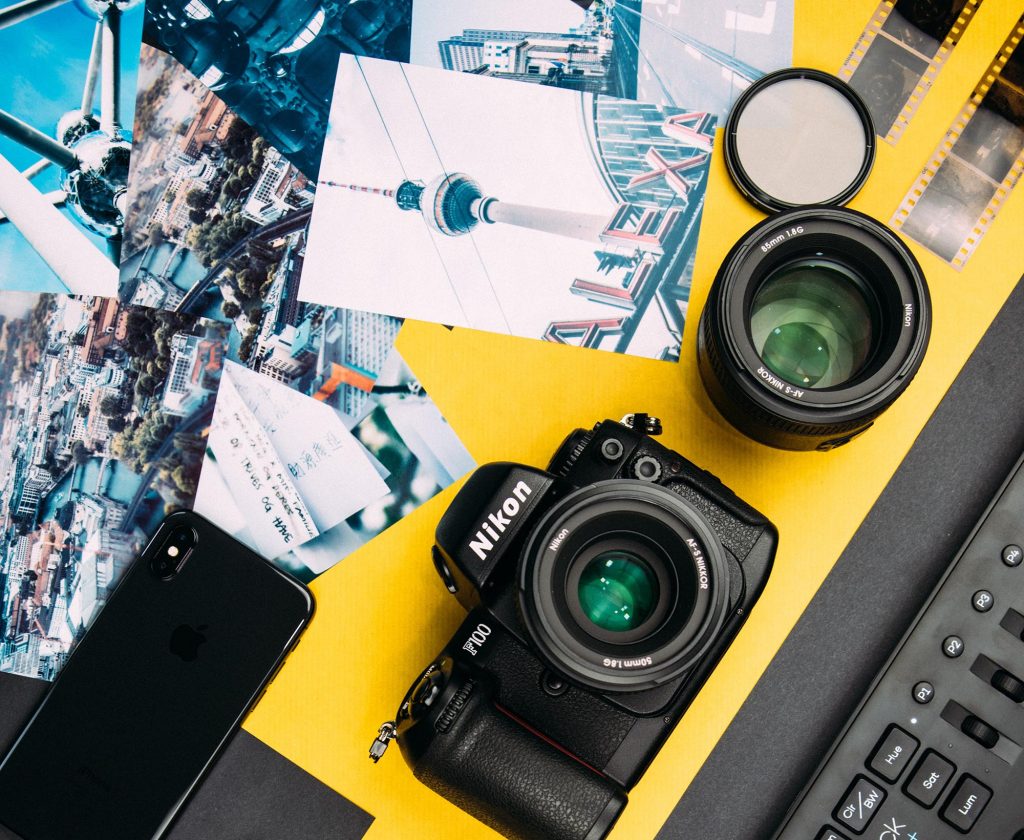When designing brochures there’s more to just thinking about what to write.
This article offers 10 top tips for your next brochure.
1. The Top Third is Key
The top 1/3 of your brochure cover is the most important real estate, as it will be visible no matter where your brochure is placed in the display. This is the space to clearly state your product/service to entice a customer to pick up and browse – putting this info further down or on the inside of your brochure could see you miss opportunities.
2. GSM (Paper Thickness)
For DL brochures with at least one fold we recommend minimum 150gsm stock and for flyers (front and back) we recommend minimum 200gsm. Otherwise your brochure could start to flop over in the display. The higher the stock, the more likely your brochure will stand up to being put in a backpack, handbag or glovebox, and the longer someone is likely to hold on to it or pass it on.
3. Getting In Touch
Make sure that your contact details (website, contact information, social media accounts, any discount codes) are up-to-date and clearly visible on your brochure.
4. Stand Out from the Crowd
Consider a brochure with a die-cut top edge (a cut out shape rather than horizontal edge), a unique textured stock (paper), embossing (raised lettering or shape) or other design features to stand out from the crowd.
5. De-clutter
Less is more – it can be tempting to pack out your brochure with information but it will be more effective if you can clearly communicate your offering without using large blocks of small text.
We recommend the use of QR codes to send the user to your website for particular details. This gives you the flexibility should price or opening times change and extends the lifetime of your brochure.
6. Imagery
A single picture can help someone envisage their experience with you better than a wall of text. Use high quality, inspiring imagery that has the ‘wow’ factor.
7. Font
Exercise restraint when playing around with different or multiple fonts, and make sure your font and point size are clear and legible (particularly on that all-important top third).
8. Longevity
The higher quality your brochure, the longer someone is likely to hold on to it. Is there a map, contact details, tips, voucher, or recommendations that will give your brochure a longer life in the hands of a customer?
9. Green Printing
Ensure your brochure is as friendly on the environment as it is on the eye – ask your printer about using recycled paper stocks and eco-friendly ink.
10. Quantity
Particularly important to consider if your business is rapidly adding to or changing their offering, or if you have prices on your brochure and they’re likely to change year-to-year. Talk to our team who will be able to advise on print runs, so you print the perfect amount of stock for your needs.


